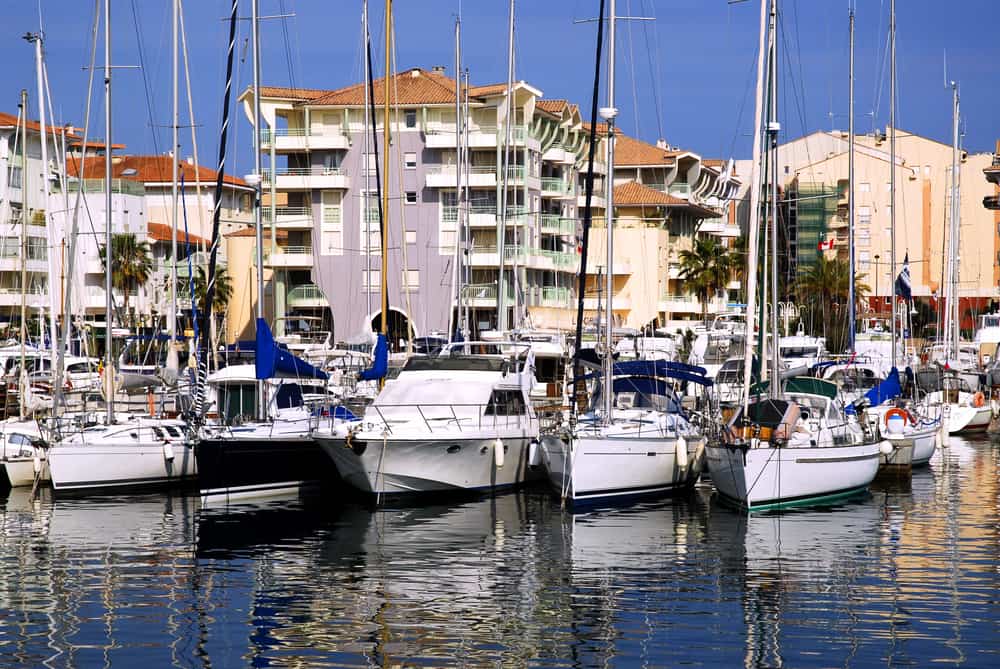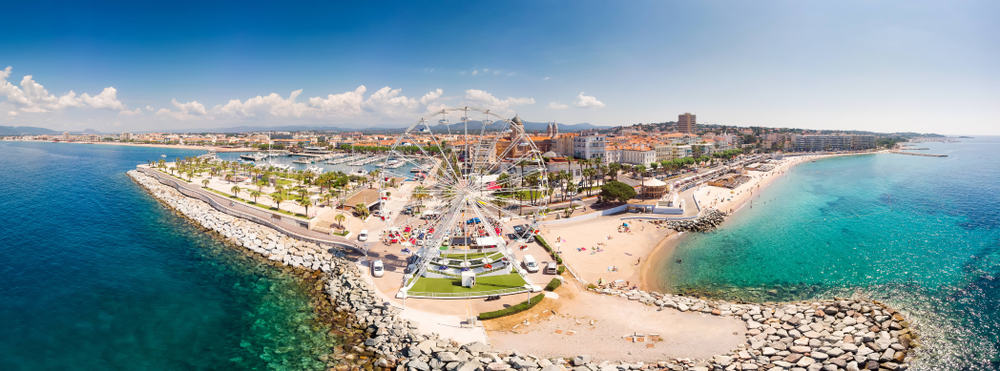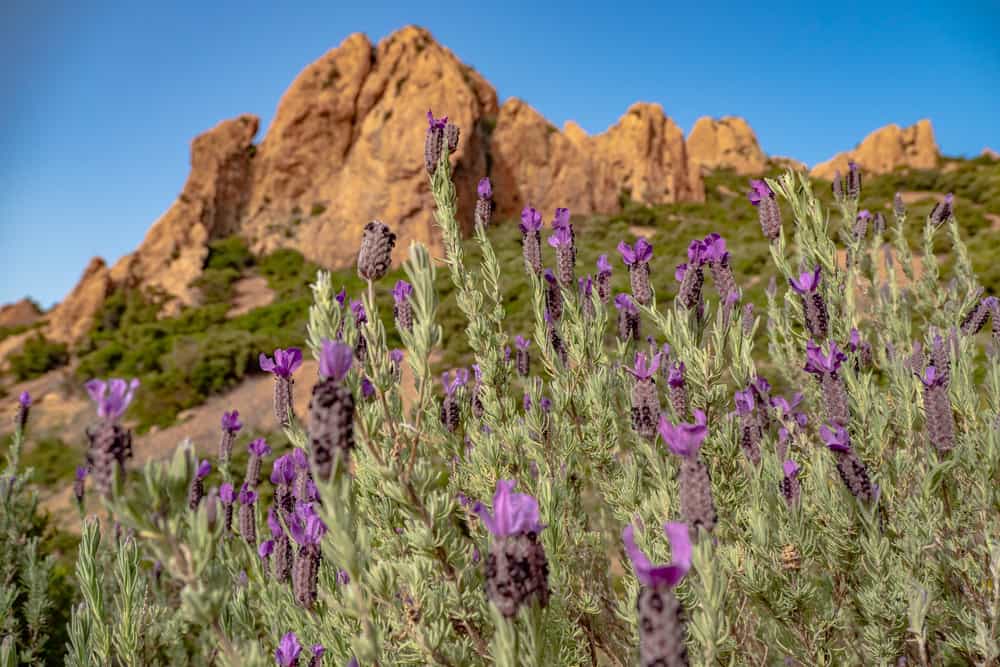Fréjus and Saint-Raphaël are twin towns in the Cote d’Azur.
The history of Fréjus
Fréjus has been settled for millennia. Beginning as a naval base founded by Julius Caesar called Forum Julii; Octavius once moored a hundred galleys here.
The Roman ruins left over from its past are still here, including a third-century amphitheatre made of greenish rock, an aqueduct that carried water from thirty miles away, and ancient fortifications.

But Fréjus’ history extends well beyond the Romans, with the Cathedral of Notre-Dame et Saint-Étienne, a thirteenth-century cathedral with a baptistery that predates it by 800 years.
Attractions in Saint-Raphaël
Both these communities are quiet, quaint places perfect for a quiet vacation, yet near enough to Nice to make the more exciting parts of France accessible. Saint-Raphaël has a long series of villas and hotels running down to the sea. The road that they run along turning at the Hotel Excelsior to run into the center of town.
It was once a fishing hamlet, and still maintains much of its old atmosphere, with a beautiful old Templar church in the center. Next to the church, a Roman milestone from the Aurelian Way, main highway at the time of the Emperor Aurelius, still stands.

Further up the road, you’ll find Valescure, an old haven for those seeking out the South of France as a cure, and an excellent golf course founded in 1891 by Grand Duke Michael.
The Saint-Raphaël casino
The casino above Saint-Raphaël is built on the site of an ancient Roman villa, and overlooks the harbor as well as Fréjus on the inland side. Napoleon came through here twice, once abandoning his plague-ridden army in Egypt and once as a prisoner being exiled to Elba.
The Cathedral of Notre-Dame et Saint-Etienne
The Cathedral of Notre-Dame et Saint-Etienne (part of the Grope Episcopal, one of the most impressive religious groups of buildings in all of France) was built by the Bishop Riculph when the city was reclaimed from the Saracens, who destroyed it in the tenth century.
One enters through beautiful Renaissance doors decorated with sixteen panels both sacred and profane: the heads of knights and ladies, scenes of the Annunciation and Nativity, and other religious subjects.
To enter, you should ring the bell at the foot of the stairs. Besides the ancient baptistery, you can find a cloister with an oleander garden, preserved Roman floor mosaics, and a museum of local archaeology.
Buddhist temple
About two miles north of Fréjus is a jarringly incongruous sight. A Buddhist temple decorated with a stucco menagerie and painted dragons, standing in the center of a cemetery filled with 5000 Southeast Asian soldiers killed in the first World War.
Health and spa
Those more interested in the health and spa part of Fréjus and Saint-Raphaël should check out the seawater-based thalassotherapy, the golf courses, and the mild weather of the beaches.
The Massif de l’Esterel
Hikers will love walking up the Massif de l’Esterel. A rust-red volcanic escarpment carved by the ocean into fantastic shapes. The harsh landscape surrounding it is softened by lavender, scrub pines, and gorse. This is as close to a desert landscape as you’ll find in the south of France.

Along N98, the Corniche de l’Esterel, the coastal road near this rocky area, takes you past sheer rock faces plunging to the water and breathtaking natural vistas.
Where to stay in Saint-Raphaël
The Excelsior, under the management of the same family for three generations, is both comfortable and picturesque. Located right between the old town of Saint-Raphaël and the tackier tourist part along the beach.
You can also stay, for much less cash, at Le Thimothee, a historic 19th century villa. Le Thimothee boasts a restored garden with palm trees shading the walk to the swimming pool, and top-floor rooms having perfect views of the sea despite the hotel being well inland.
